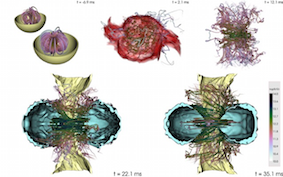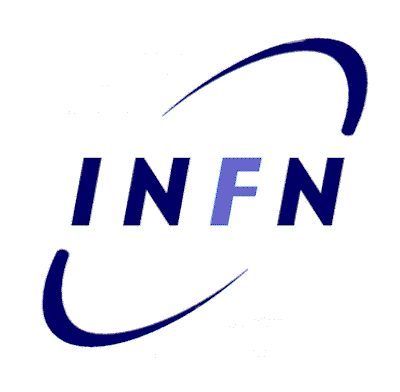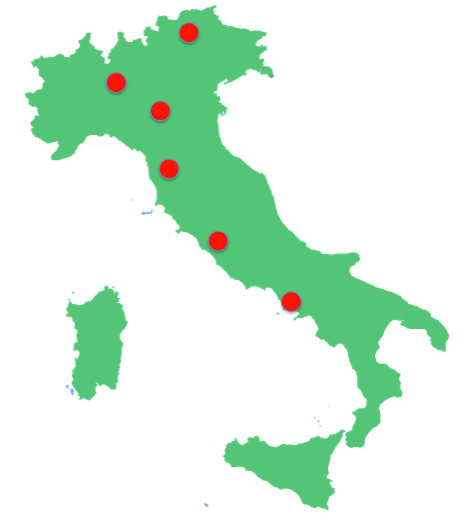Abstract
The recent detection of the gravitational wave (GW) signal from two coalescing, stellar-origin black holes (BHs) hails the new era of GW Astrophysics. GWs carry exquisite information on key parameters of the source, as the masses and spins of the merging BHs in the case of GW150914 and GW151226. In order to carry on precision measurements on the GW signal, relevant to assess the true nature of the sources and of gravitation itself, there is the need (a) modelling of the expected GW signal with extreme accuracy, and (b) of understanding the astrophysical conditions leading to the formation of GW sources. Coalescing binaries hosting neutron stars (NSs) and BHs of different masses and flavors are the main focus of our research which branches off along different directions, but which shares a common aim - incrementing knowledge in the nascent field of GW Astrophysics. In particular, we aim at working at the frontline of the current research on GWs. Advanced Virgo is about to come in operation (spring 2017) and it will soon join LIGO. KAGRA is under construction, and LIGO-India and the Einstein Telescope are under design. In addition, LISA, the interferometer in space for the detection of low frequency GWs has been selected on february 2017 by ESA.
 |
 |
- Modelling of the GW signal from binary NSs close to coalescence (Roma1, TIFPA, Parma).
- Modelling of NSs with strong magnetic fields and differential rotation (Parma, Firenze, TIFPA).
- Extraction of the information on the equation of state of nuclear matter in the core of NSs from the GW signal of coalescing NS binaries (Roma1, TIFPA, Parma, Firenze, Napoli).
- Study of electromagnetic counterparts of LIGO-Virgo events, such as short gamma- ray bursts and kilonovae, and of LISA events, such as AGNs (TIFPA, Parma, Firenze, Milano Bicocca, Napoli).
- Study on the formation paths of heavy, stellar-origin BHs in binaries, as GW150914, and of massive BH binaries, which are potential LISA sources, in the aftermath of galaxy collisions (Milano Bicocca).
- Study of the GW emission by BHs and NSs in modified gravity theories, in order to test general relativity with GW and astrophysical observations (Roma1, Napoli).


